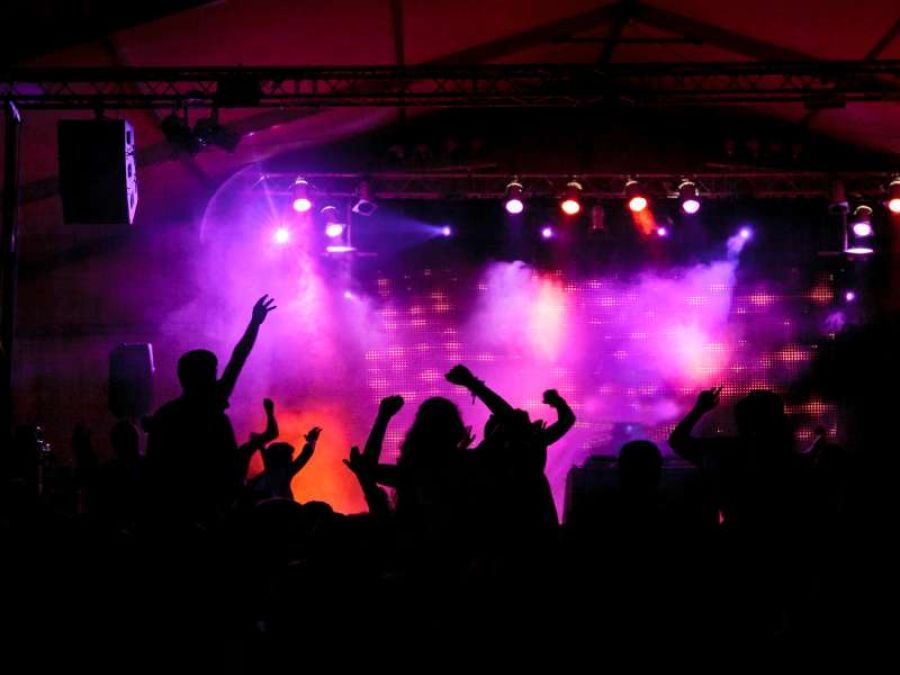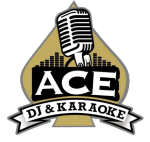
The Ultimate Guide to DJ Lighting for Your Next Event
The Ultimate Guide to DJ Lighting for Your Next Event
Dj lighting is an essential aspect of any party or event. It can set the mood, create a dynamic atmosphere, and add a visual element to the music. With the right dj lighting setup, you can take your party to the next level and make it an unforgettable experience for you and your guests.
When it comes to dj lighting, there are many options to choose from. You can go with a simple setup that includes a few basic lights, or you can invest in a more elaborate setup with a wide range of lights and effects. In this blog, we will take a closer look at some of the most popular dj lighting options and provide examples of what you might want to have at your next party.
One of the most basic types of dj lighting is the spot light. These lights are typically focused on a specific area or object, and they can add a dramatic effect to the party. For example, you might use a spot light to highlight the dj booth, the dance floor, or a particular performer. Spot lights are typically small and compact, so they are easy to set up and move around as needed.
Another popular option is the moving head light. These lights are able to move and change direction, which allows them to create dynamic and interesting effects. For example, you might use a moving head light to create sweeping patterns or to follow the movements of the dj or the dancers. Moving head lights are typically larger and more complex than spot lights, so they are best suited for larger parties or events.
In addition to spot lights and moving head lights, there are many other types of dj lighting that you can use to enhance your party. For example, you might want to use laser lights to create colorful, eye-catching effects. Laser lights are particularly effective when used in conjunction with fog or haze, which can help the lasers to stand out and create a more immersive experience.
Another option is to use strobe lights, which can create a pulsating, energetic effect that is perfect for dance parties. Strobe lights are often used in conjunction with other dj lighting, such as spot lights or moving head lights, to create a more dynamic and exciting atmosphere.
Finally, you might want to consider using LED lights at your party. LED lights are incredibly versatile and can be used to create a wide range of effects. For example, you might use LED lights to create a colorful, dynamic background for the dj booth, or to create a dramatic light show that moves in sync with the music. LED lights are also energy-efficient and long-lasting, so they are a great option for any party or event.
Here’s a list of questions you can ask your DJ about lighting while planning your event:What type of lighting equipment do you use?
- Can you provide specific examples or pictures of lighting setups you have used at previous events?
- Are you able to accommodate any specific lighting requests or preferences that I may have?
- How do you typically coordinate the lighting with the music and overall atmosphere of the event?
- Can you provide references or testimonials from previous clients regarding your lighting services?
- Do you have liability insurance for your lighting equipment?
- How do you handle setup and teardown of the lighting equipment?
- Are you able to provide lighting for both indoor and outdoor events?
- Can you provide a detailed breakdown of the cost of your lighting services?
In conclusion, dj lighting is an essential aspect of any party or event. With the right dj lighting setup, you can create a dynamic and exciting atmosphere that will make your party unforgettable. Whether you go with a simple setup or a more elaborate one, there are many options to choose from, including spot lights, moving head lights, laser lights, strobe lights, and LED lights. So, if you want to take your party to the next level, be sure to invest in some high-quality dj lighting.









